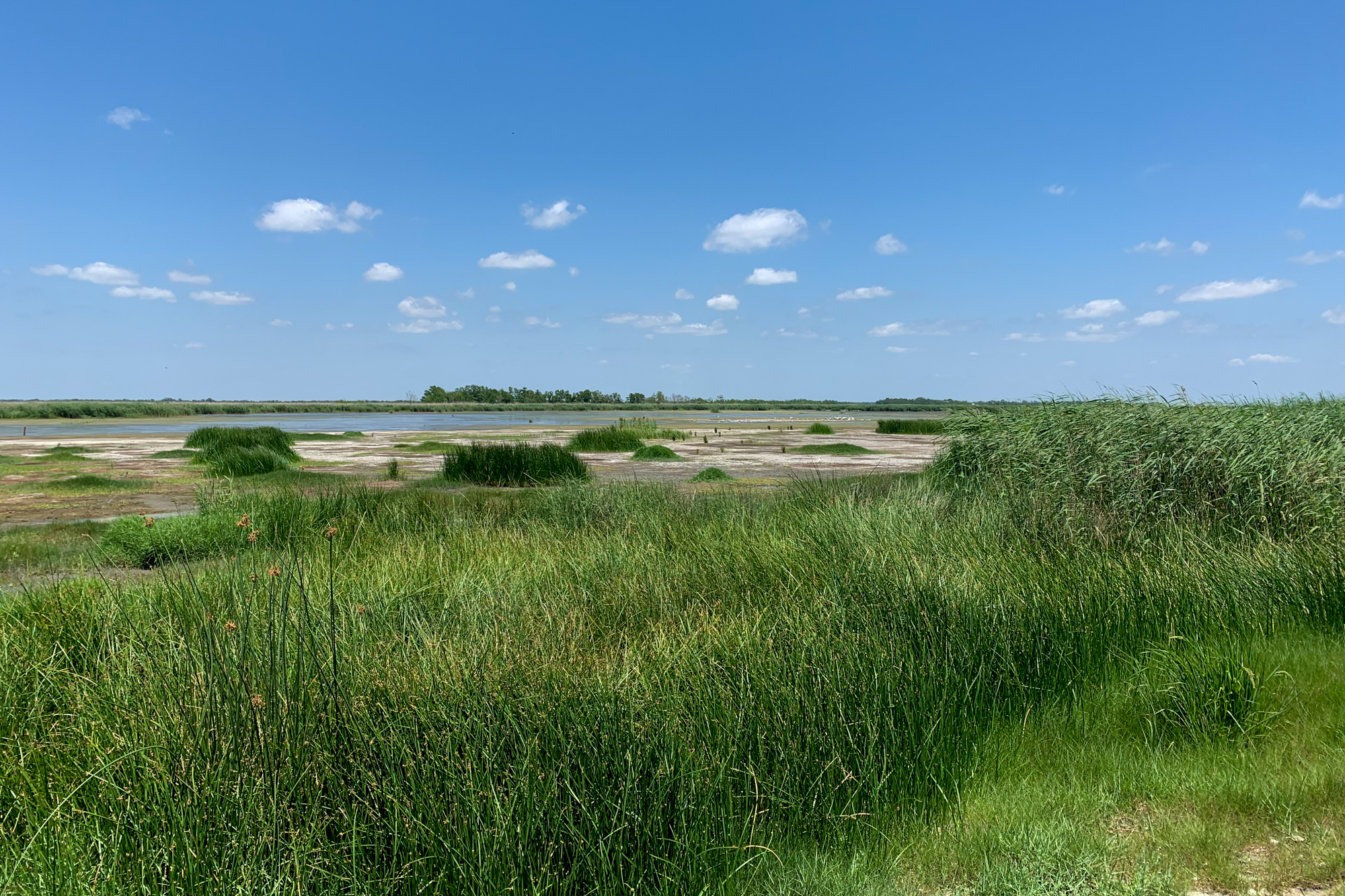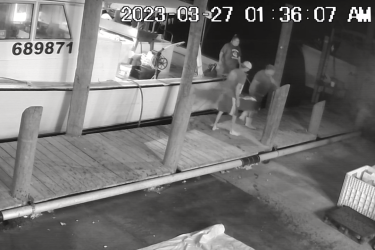In honor of American Wetlands Month, we’re celebrating the success of a large-scale marsh restoration project in coastal Louisiana.
NOAA’s Office of Habitat Conservation and its partners restored 473 acres of marsh and 11,171 linear feet of ridge habitat in Bayou De Cade, Louisiana. NOAA provided $14 million for the project through the Coastal Wetlands Planning, Protection, and Restoration Act Program. This effort is part of NOAA’s long-term commitment to combat land loss in this region.
Formerly a sinking mass of soupy sediment, the project site now hosts a brackish marsh where redfish, blue crabs, shrimp, and other species come in with the tides. The restored wetlands help protect the coastline from erosion and flooding and support Louisiana’s billion-dollar seafood industry.
“Every acre of marsh we are able to restore means better protection across the state,” said Bren Haase, Deputy Executive Director for the Louisiana Coastal Protection and Restoration Authority, a project partner. “It’s critical for us to take on projects like this to not just restore what we’ve lost, but restore wetlands in ways that strengthen them and prevent future deterioration.”
Bayou De Cade is part of the Terrebonne Basin, an area experiencing high subsidence—sinking of the ground. In the past, sediment from the Mississippi River replenished the earth lost to subsidence. But, the construction of levees halted this process. Canals dug for oil and gas exploration, and pipelines contributed further to wetland loss. The Basin has lost 20 percent of its wetlands since 1932.
To reclaim Bayou De Cade, partners pumped 2.4 million cubic yards of sediment from the bottom of nearby Lake De Cade into the bayou. Temporary containment dikes prevented the sediment from washing away. Work crews built up 5-foot-tall, 10-foot-wide ridge habitat along the bayou and planted it with wax myrtle and other shrub species. Migratory bird species use Louisiana’s ridge habitat as resting spots on their migration routes between North and South America.
Large-Scale Wetland Restoration in Louisiana
Since 1990, the Coastal Wetlands Planning, Protection, and Restoration Act Program has served as the primary means for responding to coastal wetland loss in Louisiana. Each year, the program’s task force approves large-scale restoration projects for funding. The task force is composed of the State of Louisiana and five participating federal agencies:
- NOAA
- U.S. Army Corps of Engineers
- U.S. Environmental Protection Agency
- U.S. Fish and Wildlife Service
- USDA Natural Resources Conservation Service
NOAA has been the federal sponsor for more than 40 wetland restoration projects through the program. This work has restored more than 12,500 acres of vulnerable coastline and helped build the resilience of coastal communities.



